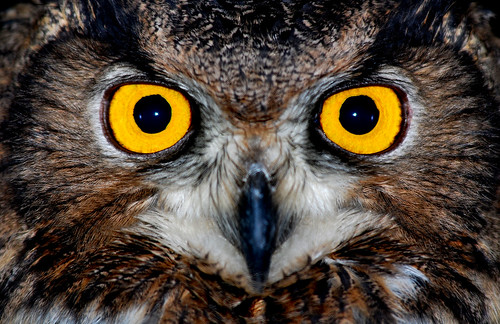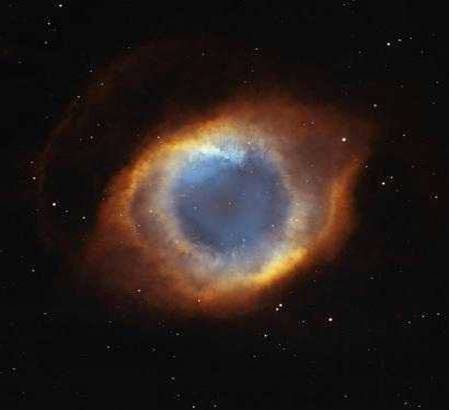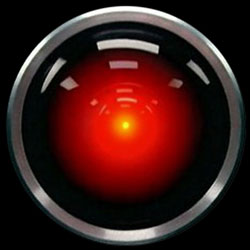The apertures of my naked eye 'scopes are the major limitation, though. They just don't collect that much light, so observing deep-sky objects, splitting binary star systems, observing comets and asteroids, etc. are all a real problem for them. On the upside, though, the image post-processing software that is built into the equipment can't be beat, and it is upgradable. And the system comes with an enormous amount of storage pre-installed.

Finally, it has very advanced networking capabilities built into it, and it can automatically establish a wireless connection and share information with other similarly-equipped systems in its immediate vicinity.











